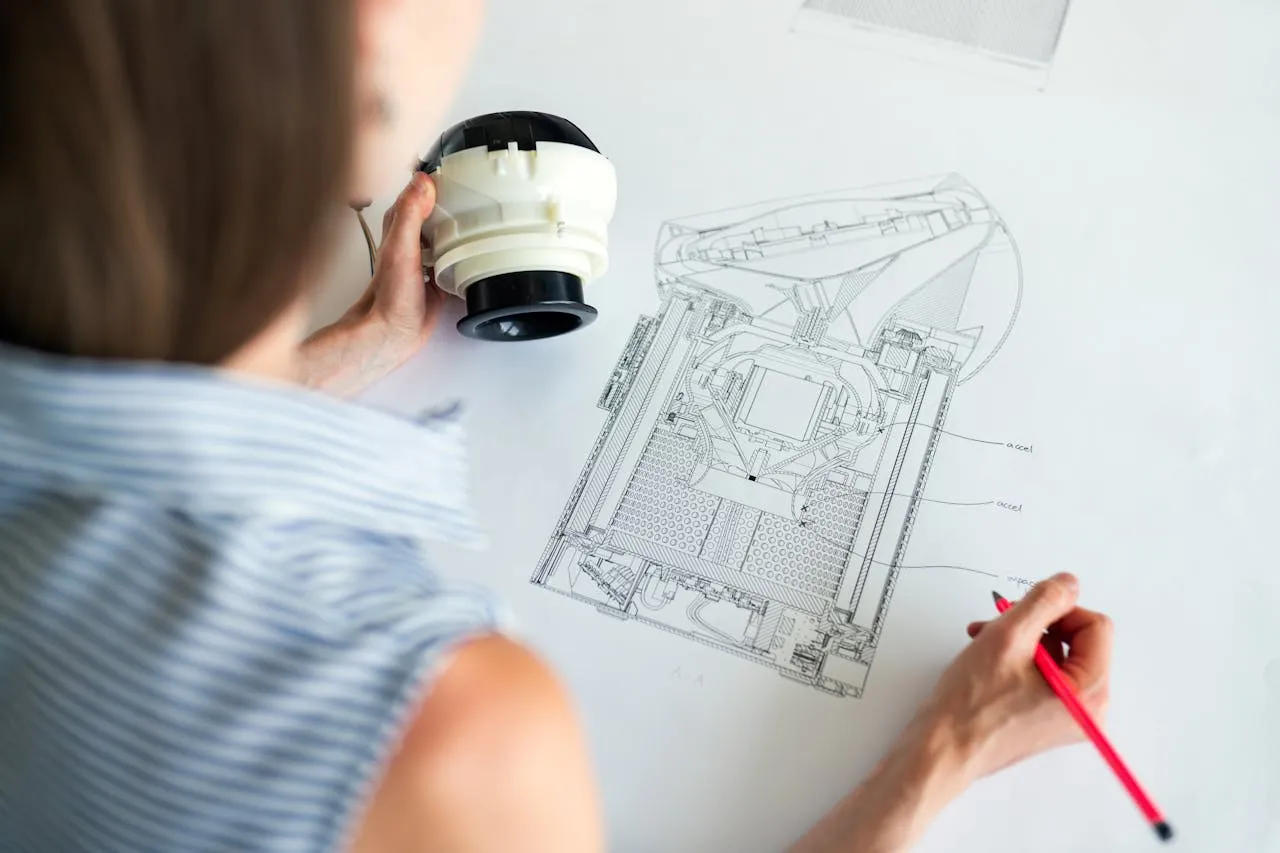
The American Society of Interior Designers (ASID) has launched a new design brief highlighting the effects of extreme heat on both the built environment and its inhabitants. This resource aims to equip interior designers with essential knowledge to address the growing challenges posed by extreme heat. Created in collaboration with the Chemical Insights Research Institute (CIRI), the brief, titled ASID Impact of Design Brief: Climate Impacts on Building Resiliency & Human Health, explores the current state of environmental conditions from a chemical landscape perspective. It also provides insights into how the core themes of climate, building resiliency, and human health can be better integrated into evolving design practices.
“As interior designers are key in specifying materials, their choices can have a significant impact on mitigating the effects of extreme weather events,” said Marilyn Black, Ph.D., vice president and senior technical advisor at CIRI. “We are grateful to ASID for helping us share this vital research with the design community.”
The brief examines the complex relationship between environmental conditions, material performance, and human health. It focuses on the impacts of extreme temperatures on building resilience, occupant health, and material emissions. The research empowers professionals to make informed decisions that enhance safety, comfort, and sustainability in the built environment.
“As interior spaces serve as a critical buffer between people and the external environment, this research underscores the need for innovative design strategies that prioritize both resilience and health outcomes in a changing climate,” stated Khoi Vo, CEO of ASID. “Thanks to our partners at CIRI, we can provide interior design professionals with this essential research, helping them navigate ongoing challenges and adapt their practices to contribute to a healthier and more resilient built environment.”
Extreme weather events and the temperatures they bring can compromise building resilience and negatively affect occupants. Such conditions can lead to indoor pollution, higher levels of volatile organic compounds (VOCs), and materials that emit harmful substances. This brief explores how these factors can increase exposure risks, leading to health issues such as heat-related illness, cardiovascular diseases, and respiratory ailments like asthma and allergies.
Key findings from the brief include:
- Extreme temperatures are linked to higher levels of VOCs and semivolatile organic compounds (SVOCs), which can have short- and long-term adverse health effects. VOCs are emitted as gases from certain solids or liquids, including materials found in indoor environments.
- According to the U.S. Environmental Protection Agency (EPA), the health effects of these organic chemicals vary widely, from highly toxic substances to those with no known health effects. The extent of the impact depends on factors such as exposure level and duration.
- The rise in heat-related illness, cardiovascular disease, asthma, and stress-related disorders disproportionately affects vulnerable populations, such as those with existing health conditions and limited access to resources.
- Environmental conditions significantly influence the emissions of building materials, including those from natural materials, which behave differently based on their origin. This presents a complex challenge, as even similar materials can exhibit varying performance depending on environmental factors.
The report concludes with actionable strategies for interior designers to enhance building resiliency and mitigate heat-related health risks. These include:
- Adopting an integrative design approach: Bring together owners, designers, and experts early in the process to establish goals, set priorities, and identify potential risks to occupants.
- Proactively evaluating material impacts: Select materials, finishes, and furnishings that minimize risks to health and help reduce indoor pollution, promoting greater resiliency.
- Communicating strategies and assessing outcomes: Engage stakeholders and ensure alignment through transparent communication. Monitor both qualitative and quantitative effects on occupants to reassess risks and improve future outcomes.
These strategies provide a roadmap for interior designers to create spaces that are more resilient, healthier, and better suited to the challenges posed by extreme heat and climate change.




